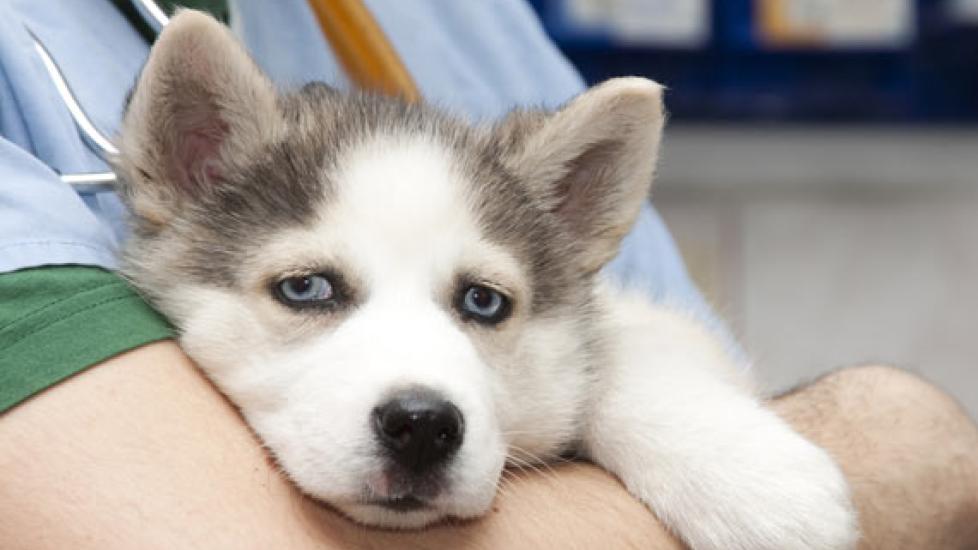Title: Navigating the H3N2 Canine Influenza: A Comprehensive Guide for Pet Parents
Introduction:
As a pet parent, it’s crucial to be aware of potential health threats that could affect your canine companion. One such threat is the highly contagious H3N2 influenza virus, which has been causing concern among dog owners worldwide. Understanding how to recognize and treat this flu is essential for keeping your furry friend healthy and minimizing its spread within the community. In this article, we delve into the details of H3N2 flu in dogs, providing you with comprehensive information on prevention, symptoms, treatment options, and what steps you should take if your dog becomes infected.
Understanding H3N2 Dog Flu:
H3N2 influenza was first identified in Asia but has since spread globally, including outbreaks in the United States. This strain is particularly concerning because it can jump from birds to other animals, including cats and humans, although human infection is rare. The virus affects a dog’s respiratory system, leading to coughing, sneezing, and potentially more severe complications.
Recognizing Symptoms:
The most common signs of H3N2 flu include fever, lethargy, loss of appetite, nasal discharge, persistent coughing (often dry or hacking), and sometimes wheezing. These symptoms may mimic those of kennel cough or other illnesses, so it’s important to consult with a veterinarian for an accurate diagnosis.
Prevention Strategies:
1. Vaccination: Currently, there are two types of vaccines available – one is a modified live vaccine that provides immediate protection, while the other is a killed vaccine that requires multiple doses over time. Your vet will recommend the best option based on your dog’s lifestyle and risk factors.
2. Quarantine New Pets: If you plan to adopt a new dog or bring a foster pup home, keep them separate from other pets until they have been fully vaccinated against H3N2.
3. Limit Exposure: Avoid taking your dog to places where large numbers of unvaccinated dogs gather, as these locations pose a higher risk for disease transmission.
4. Good Hygiene Practices: Regularly clean your dog’s bedding, toys, and areas he frequents using disinfectants safe for use around pets.
Treatment Options:
If your dog does contract H3N2 flu, prompt veterinary intervention is necessary. Treatment typically involves supportive care, such as fluids to prevent dehydration, antibiotics to manage secondary bacterial infections, anti-inflammatory drugs like corticosteroids to reduce lung inflammation, and possibly antiviral medications under certain circumstances. It’s also important to restrict physical activity during recovery to minimize stress on the lungs.
Conclusion:
By understanding H3N2 flu in dogs and implementing preventive measures, you can help ensure the well-being of your beloved pet. Should your dog become ill, early detection and appropriate treatment can lead to a full recovery. Remember to stay informed about the latest recommendations regarding vaccination protocols and any changes in the prevalence of H3N2 in your area. Always work closely with your trusted veterinarian to create a personalized healthcare plan for your canine family member.
